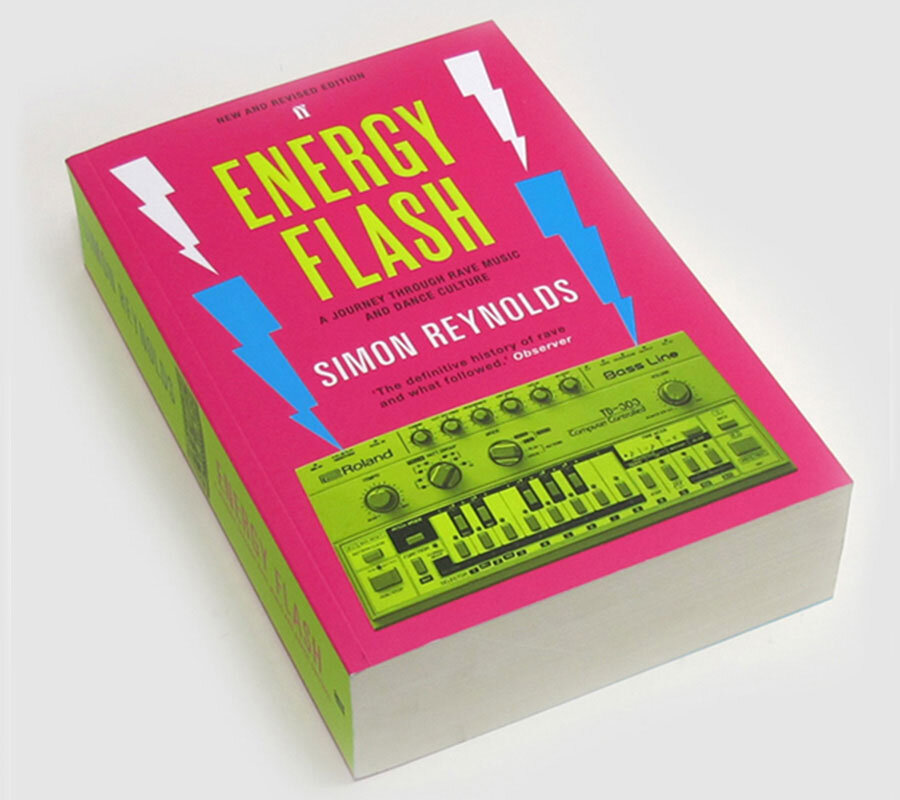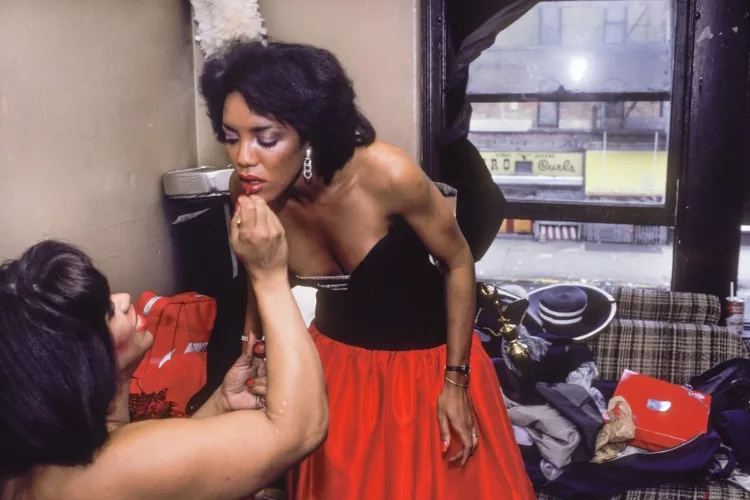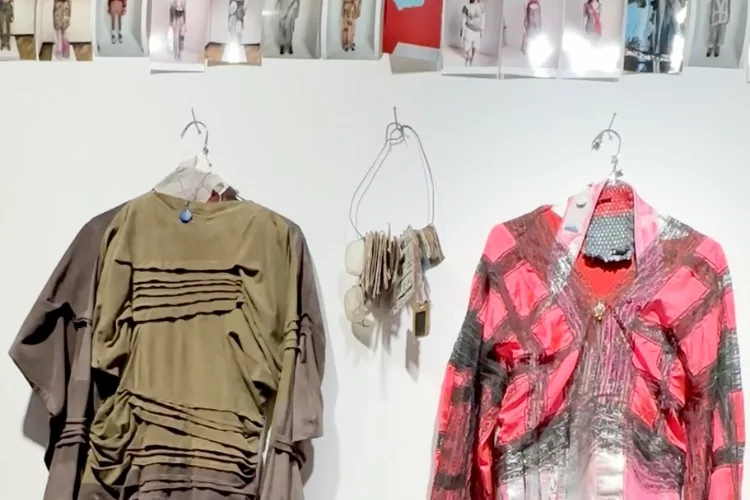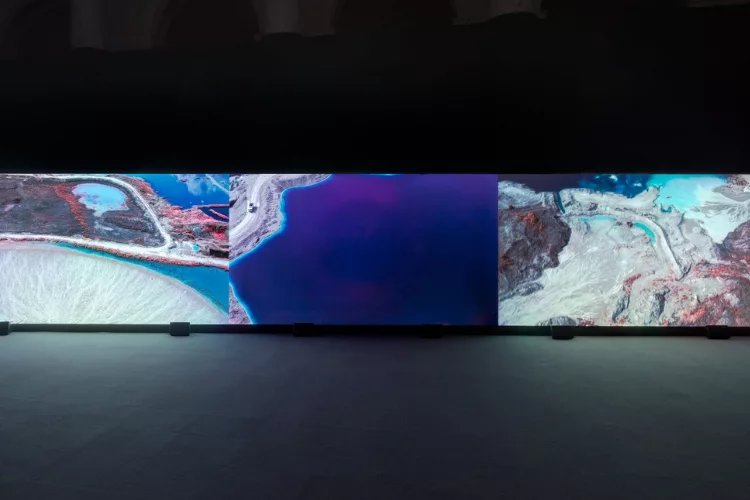READ: Energy Flash: a Journey Through Rave Music and Dance Culture by Simon Reynolds
The dance and club scenes of the past are cultural moments that are totally mesmerizing, sometimes messy, but nonetheless an essential history. A continually growing chronicle of rave music and dance, this book is a mix of personal memoir of the English music journalist and cultural history that fully takes on everything rave culture was in the late 1980s and 1990s, and now through the 2000s. Energy Flash is Simon Reynolds’ expanded version of Generation Ecstasy: Into the World of Techno and Rave Culture that was published in 1998. Without altering the main body of the original book, four new chapters were added in 2008 and again updates were made in 2013 with the rise of dubstep and EDM’s popularity in America. From the Publisher:
Ecstasy did for house music what LSD did for psychedelic rock. Now, in Energy Flash, journalist Simon Reynolds offers a revved-up and passionate inside chronicle of how MDMA (“ecstasy”) and MIDI (the basis for electronica) together spawned the unique rave culture of the 1990s. England, Germany, and Holland began tinkering with imported Detroit techno and Chicago house music in the late 1980s, and when ecstasy was added to the mix in British clubs, a new music subculture was born. A longtime writer on the music beat, Reynolds started watching–and partaking in–the rave scene early on, observing first hand ecstasy’s sense-heightening and serotonin-surging effects on the music and the scene. In telling the story, Reynolds goes way beyond straight music history, mixing social history, interviews with participants and scene-makers, and his own analysis of the sounds with the names of key places, tracks, groups, scenes, and artists. He delves deep into the panoply of rave-worthy drugs and proper rave attitude and etiquette, exposing a nuanced musical phenomenon.
Get it Here
WATCH: Landfills as Museums — A Waste Study
This short video is just part one of a project from The Slow Factory that is now being continued as Covid restrictions are being lifted. Originally launched in 2019, Landfills as Museums is an immersive educational initiative by the Slow Factory Foundation with support from Adidas in which groups of designers, students and activists are taken to active landfills in the NYC area. This first video is just a glimpse into the experience, so we are glad the project can be continued now.
Directed by Sophia Li, Landfills as Museums is designed to educate and advocate for a waste-led design approach that considers the end of life of materials at the beginning of the design process. When circular design and other sustainability thinking methods are considered into designer’s products from the start, there is an opportunity to reduce the burden placed on landfills by common overconsumption and waste. By reframing landfills as sites of cultural and societal importance, we can begin to rethink our relationship with waste and consider it a resource.
Find a ton more info on their website about landfill systems and design.
LISTEN: Pom Pom Squad’s Death of a Cheerleader
Pom Pom Squad is a Brooklyn based indie rock/grunge band that began as the solo project of Mia Berrin and is now a full band consisting of Berrin, bassist Mari Alé Figeman, drummer Shelby Keller, and guitarist Alex Mercuri. Just released is their debut album titled Death of a Cheerleader. In an interview with Vulture, Berrin said the title “comes from this idea of realizing when I kind of accepted my queerness I had been living this life that was designed around male attention and male validation around an idea of femininity that did not exist for me.” With influences ranging from Rupaul’s Drag Race, David Lynch’s Blue Velvet, and Meadham Kirchhoff S/S 2012, this album is a feminine and queer coming of age — with a sadness of heartbreak, but also the powerful acceptance of creating and recreating yourself along the way.
Listen on:
–Leah Flannery







